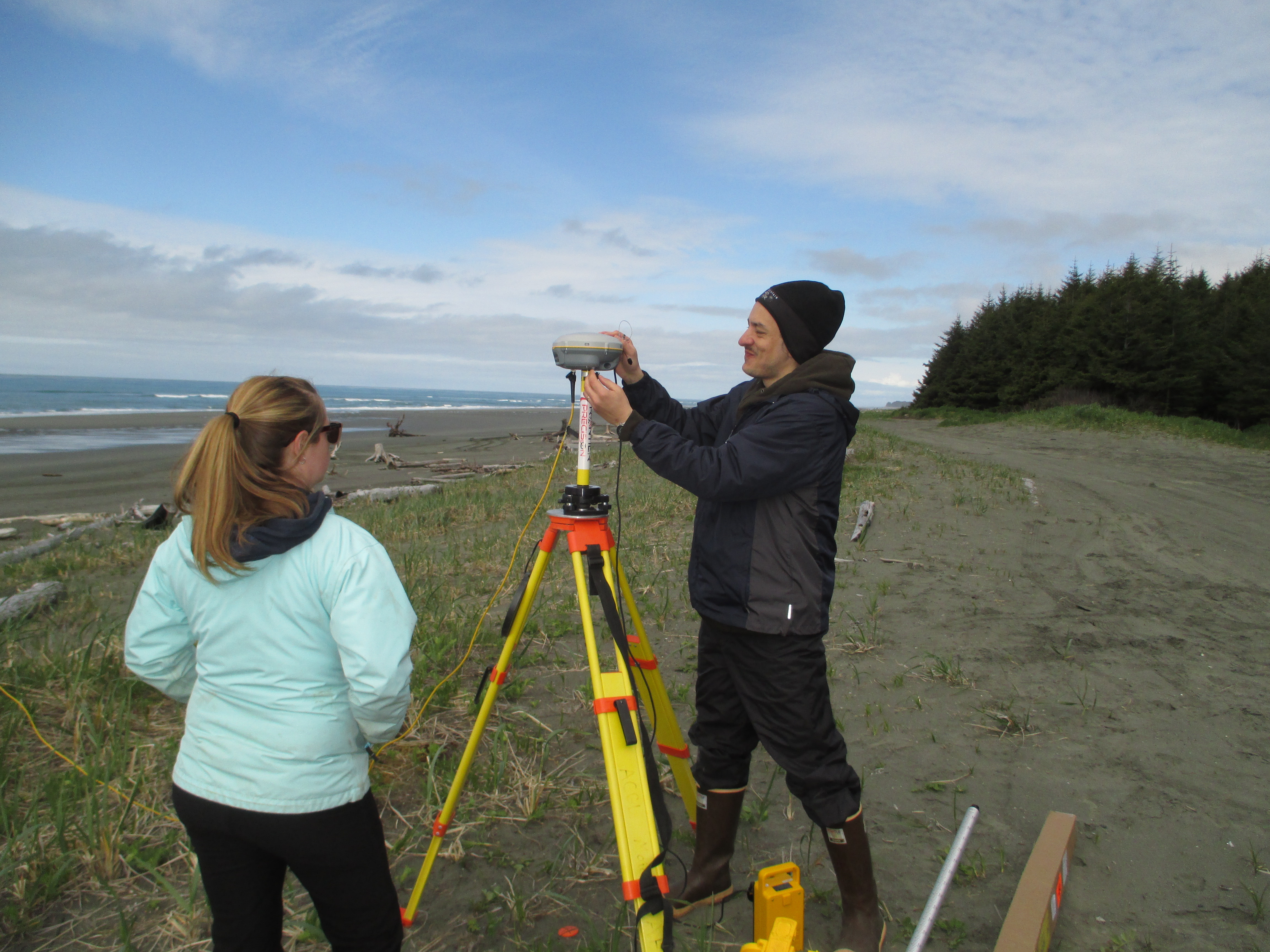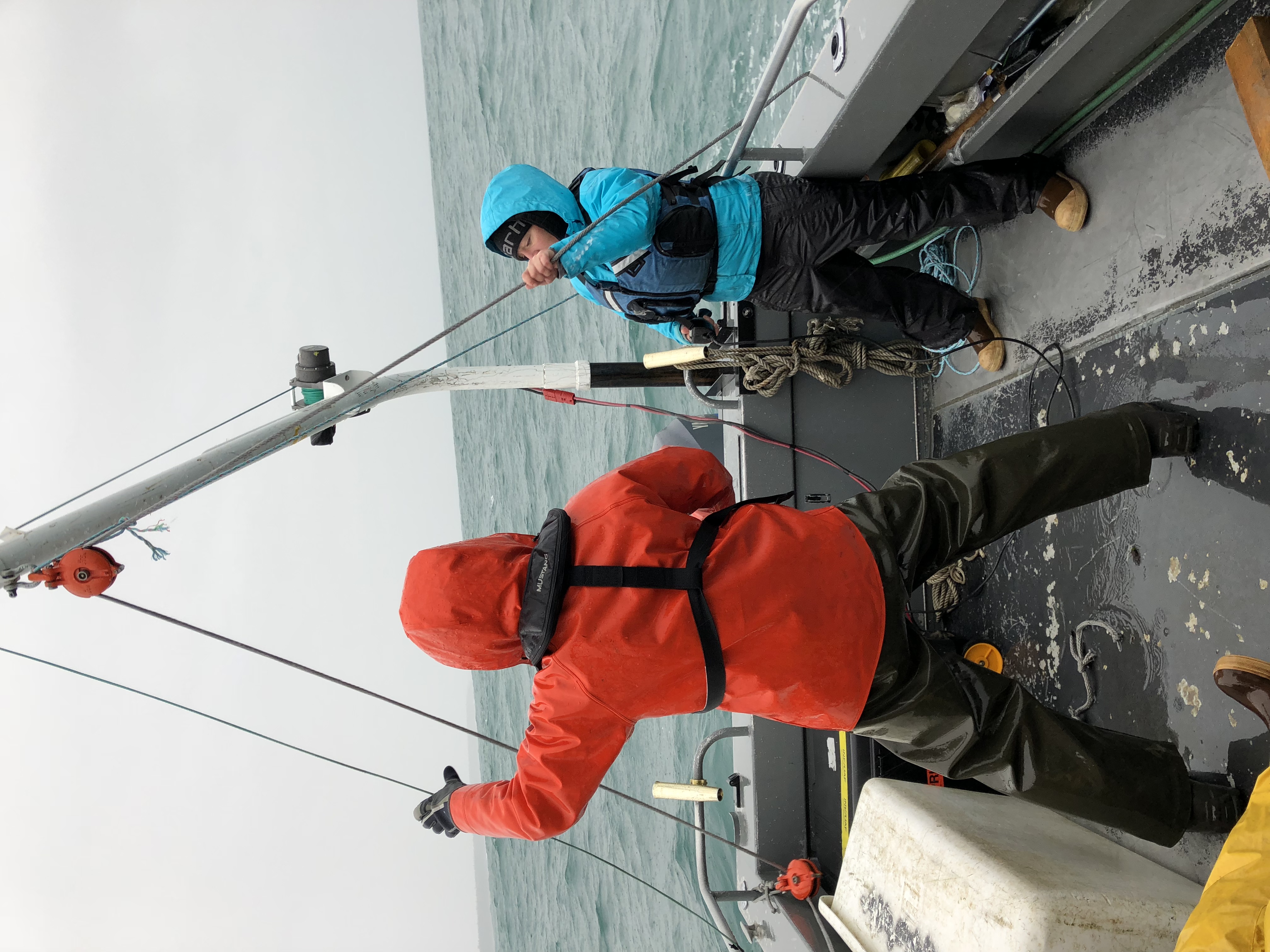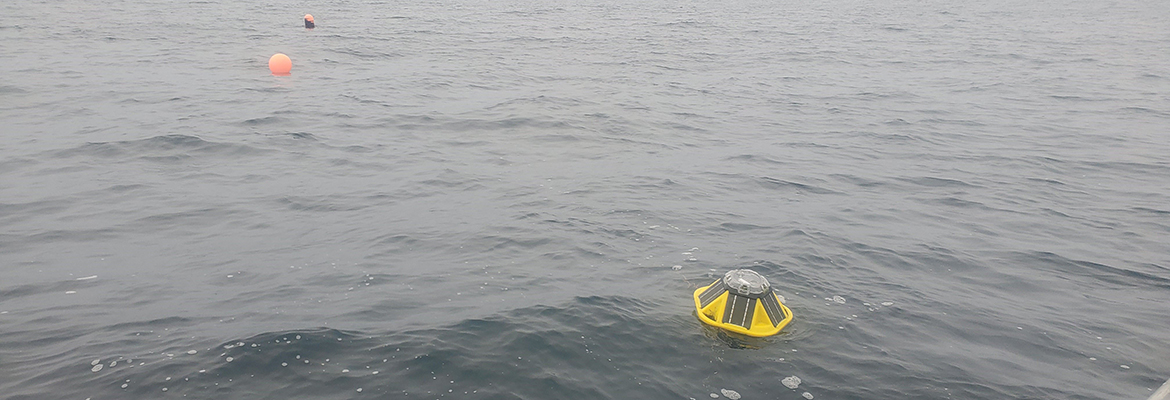This project supports University of Hawaii research to determine the benefits and issues associated with integration of wave energy and other variable renewable energy sources into small grid systems.


Tools used to achieve the objective include:
- The Hybrid Optimization of Multiple Energy Resources (HOMER) model;
- The UAF-developed Micro Grid Renewable Integration Dispatch and Sizing (MiGRIDS) package;
- A Mathworks Simulink-based model;
- Collection of high-fidelity wave and solar photovoltaic (PV) resource data;
- A high fidelity Simulating WAves Nearshore (SWAN) simulation; and
- Satellite-based solar PV estimates
Economic assessments were made, using output from MiGRIDS and HOMER. The potential for grid impacts for different mixes of wave and solar PV, a battery energy storage system (BESS), and existing diesel-based electrical generation assets was assessed, using a basic Simulink simulation.
This project began in September 2017 and concluded in August 2021.




